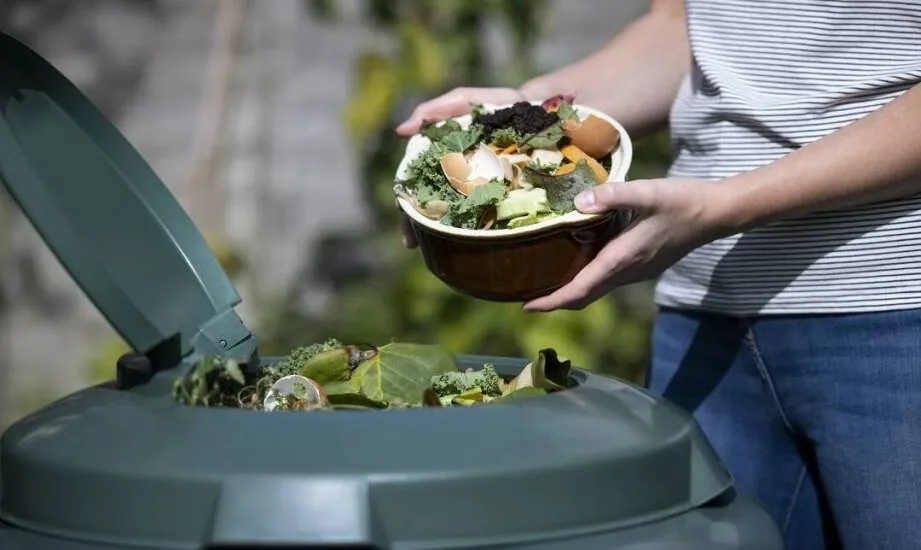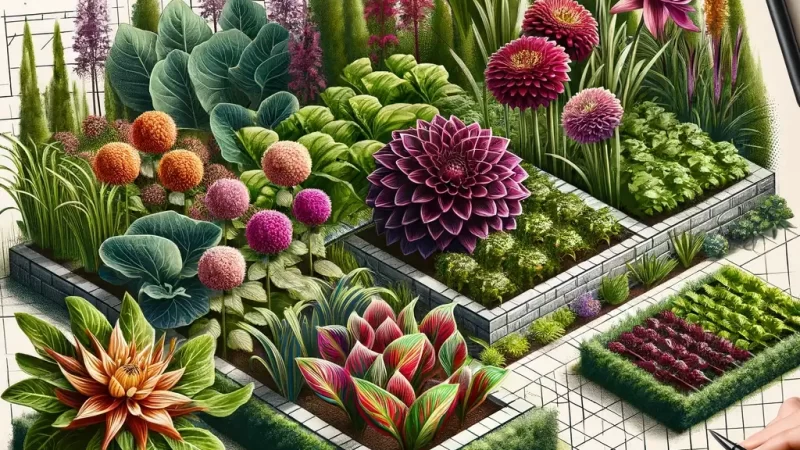In today’s environmentally conscious world, the innovative use of organic waste in household gardens represents a crucial step towards sustainability. By transforming kitchen scraps and garden refuse into valuable resources, we not only contribute to the reduction of waste but also enhance the fertility and health of our gardens. This article delves into effective methods for utilizing organic waste, offering insights that surpass conventional practices.
The Art of Composting: Turning Waste into Gold
Composting stands as a cornerstone in the realm of organic waste recycling. It’s a natural process where microorganisms break down organic materials into a rich soil amendment known as compost. This transformation not only recycles nutrients but also improves soil structure, water retention, and plant health.
Setting Up Your Composting System
A successful composting system begins with the selection of a suitable location and compost bin. Whether opting for a homemade or commercially available composter, ensure it is placed in a well-drained area with easy access. Start your compost pile by layering coarse materials like twigs or straw at the bottom to enhance aeration and drainage.
What to Compost
Your kitchen and garden offer a plethora of compostable materials. Fruit and vegetable scraps, coffee grounds, eggshells, and garden trimmings contribute to the “green” materials, rich in nitrogen. Balance these with “brown” materials, such as dry leaves, cardboard, and straw, which are high in carbon. This balance is critical for maintaining a healthy composting process.
Composting Best Practices
- Layering: Alternate between green and brown materials to ensure a balanced carbon-to-nitrogen ratio.
- Moisture and Aeration: Keep the compost moist (but not waterlogged) and turn it regularly to introduce oxygen, speeding up the decomposition process.
- Size Matters: Chop or shred larger items to expedite their breakdown.
Vermicomposting: The Role of Worms in Recycling
Vermicomposting is an intriguing method that employs red wigglers or earthworms to convert organic waste into nutrient-rich worm castings. This technique is especially suited for indoor composting or smaller spaces.
Setting Up a Worm Bin
Create a comfortable habitat for your worms by providing a bin filled with moist bedding material such as shredded newspaper or coconut coir. Add your worms and start feeding them with kitchen scraps, avoiding meats, dairy, and oily foods.
Benefits of Vermicomposting
- Efficiency: Worms can process waste quickly, producing high-quality compost.
- Ease of Use: Worm bins can be maintained indoors, making them accessible year-round.
Mulching with Organic Waste
Mulching involves covering the soil surface with organic materials. This practice retains soil moisture, suppresses weeds, and adds nutrients back into the soil as the mulch decomposes.
Suitable Mulching Materials
- Leaves and Grass Clippings: Excellent for retaining moisture and suppressing weeds.
- Straw and Wood Chips: Provide a longer-lasting mulch layer, gradually enriching the soil.
Growing Mushrooms on Organic Substrates
Certain organic wastes, such as coffee grounds, straw, or sawdust, can be repurposed as growing mediums for edible mushrooms. This not only recycles waste but also provides a valuable and nutritious food source.
Steps for Mushroom Cultivation
- Sterilize the Substrate: To prevent unwanted mold growth, pasteurize your chosen substrate.
- Inoculate with Mushroom Spores: Mix the spores with the substrate and maintain in a humid, dark place.
- Harvest: Once the mushrooms fully develop, harvest and enjoy them.
Acidifying Soil with Organic Waste
Plants like blueberries and azaleas thrive in acidic soil. Organic waste such as coffee grounds can be used to lower soil pH naturally, providing an ideal environment for these acid-loving plants.
Implementing Sustainable Practices in Your Garden
Integrating these organic waste recycling methods into your gardening practices not only contributes to a healthier environment but also enhances the beauty and productivity of your garden. By embracing these sustainable techniques, we can all play a part in creating more resilient and vibrant ecosystems in our own backyards.





